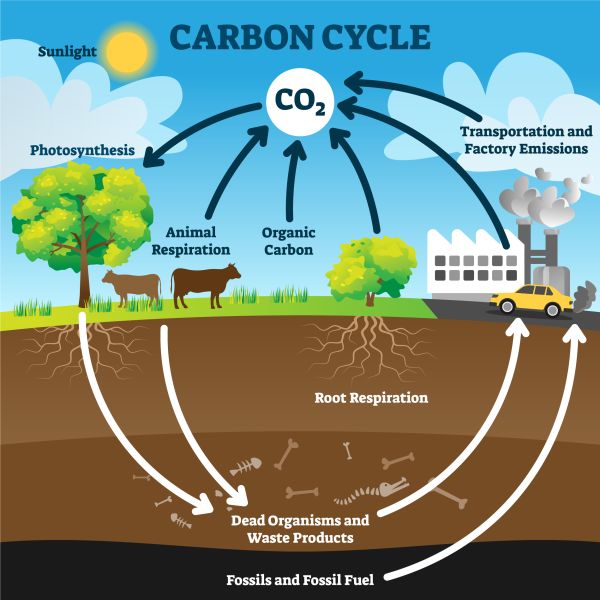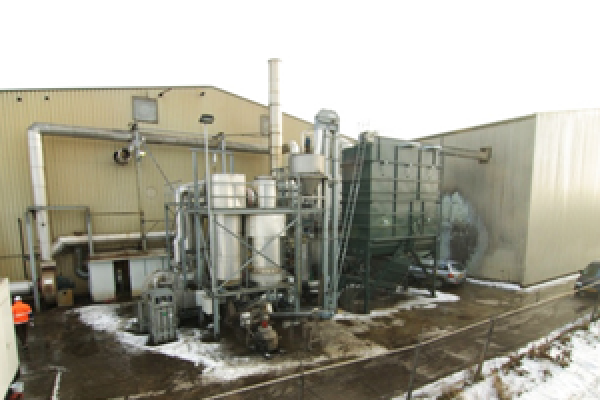Combustion

SR2.0's developed in the past years therefore the most appropriate technology, being a swirling Vortex technology, which meet all mentioned design criteria: perfect mixing and in combination with relatively small particles as feed, an extremely short residence time. The control system is specially adapted to these conditions and perfectly meets the requirements for complete combustion of the feed.

At SR2.0 equipment this is part of the design process that such emissions are already combated by taking appropriate measures in the combustion chamber and designing the control system on it.
A typical example of the choice for a SR2.0 combustor has been the combustion of ash (comes usually available in rather small particles) from a gasification process which is using dried and shredded grass or dried manure.
A typical example of the choice for a SR2.0 combustor has been the combustion of ash (comes usually available in rather small particles) from a gasification process which is using dried and shredded grass or dried manure.
